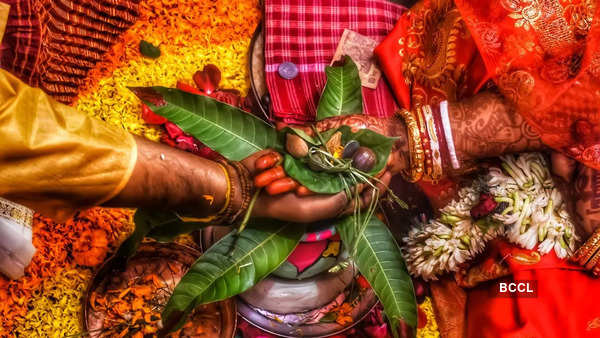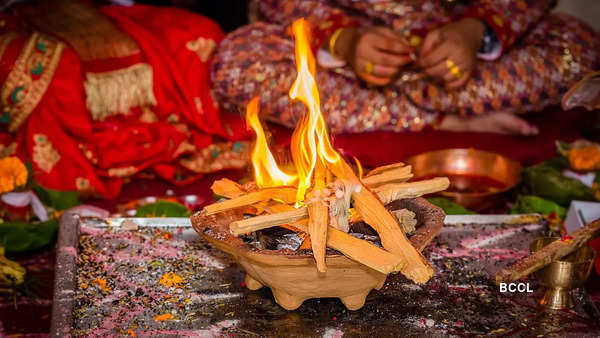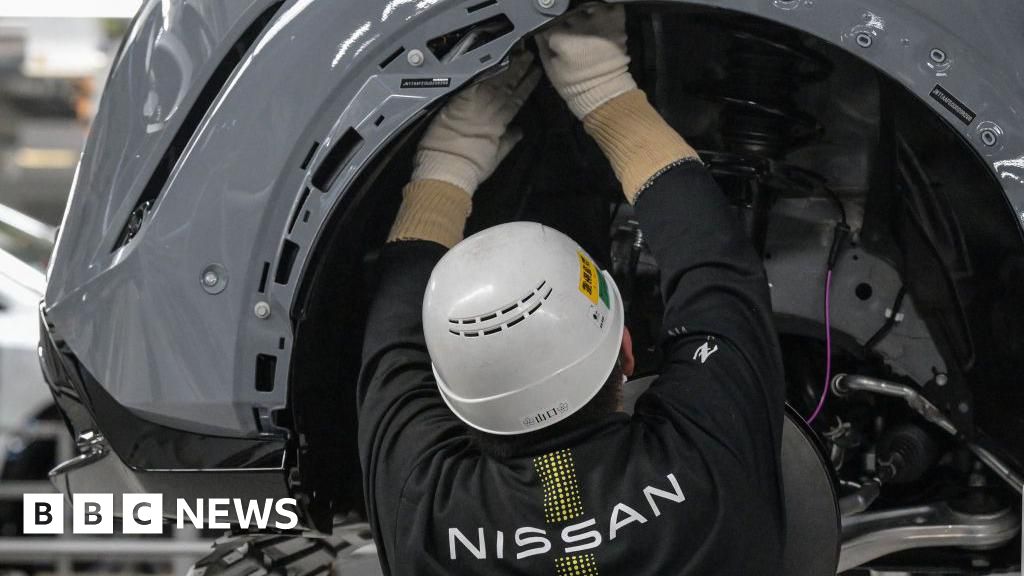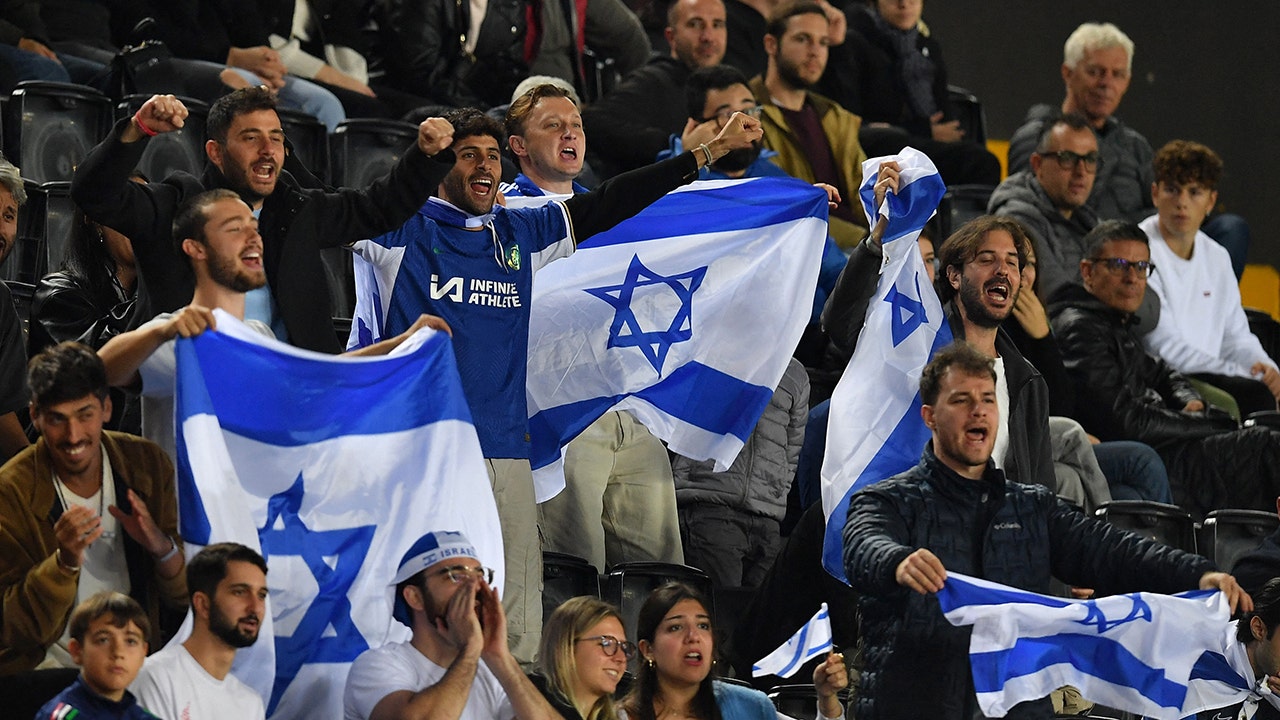Days After Naga Chaitanya-Sobhita Engagement; Here’s What Happened With Actress Samantha
1. Brahma Vivaha
Brahma Vivaha is considered the most ideal and honourable type of marriage. It involves a formal ceremony with detailed preparations and is conducted with the consent of both the bride’s and groom’s families. In this type of wedding there’s no kind of exchange of money or lavish gifts in return of the bride or groom and it is considered the highest form of marriage in Sanatan Dharma. The families agree on the match, and the marriage is celebrated with traditional rituals and ceremonies, demonstrating a sacred and respectful union.
2. Daiva Vivaha
Daiva Vivaha is a marriage conducted as part of a religious ceremony or ritual. In this type of marriage, the bride is given to a priest, and the ceremony often includes rituals where the bride is symbolically offered to a spiritual leader. The focus is on the spiritual and ceremonial aspects rather than personal choice.
3. Arsha Vivaha
Arsha Vivaha involves the groom or rishi paying a price for the bride, typically in the form of a cow and two bulls or something of equivalent value. This payment is received by the bride’s family as a sign of respect, and the marriage is conducted with traditional rituals.
4. Gandharva Vivaha
Gandharva Vivaha, also known as a love marriage, occurs when a couple chooses to marry out of love and personal choice, without following traditional ceremonies. The couple may elope or marry informally, based on their mutual affection and consent. Many traditions recognize it as a valid form of marriage.
5. Prajapatya Vivaha
Prajapatya Vivaha is based on mutual consent and social approval. Both the bride and groom agree to the marriage with their families’ approval and it is done mainly for having children together.

6. Asura Vivaha
Asura Vivaha is one of the most criticized forms of marriage. In this type, the groom or the bride pays a large amount of wealth to the get a partner. It is essentially a transaction where the bride or groom is treated as a purchase.
7. Rakshasa Vivaha
Rakshasa Vivaha involves abducting the bride or groom and violently attacking their family and relatives. This type of marriage is named after the Rakshasas, or demons, known for their cruelty to captives.
8. Paishacha Vivaha
Paishacha Vivaha is viewed as the lowest form of marriage in Sanatan Dharma. It involves the groom misleading and seducing the bride when she is unconscious or unable to give consent, such as when she is asleep or extremely intoxicated. This type of marriage is strongly criticized and is named after the ‘Pishachas,’ flesh-eating demons in Hindu mythology.

And so, exploring the different types of marriages in Sanatan Dharma shows us a range of cultural and spiritual practices. Some marriages are highly respected and involve thoughtful planning and mutual consent, while others are criticized for their unethical aspects. Understanding these various forms helps us appreciate the values and history behind Hindu marriage traditions and how they have immensely evolved over time.















































